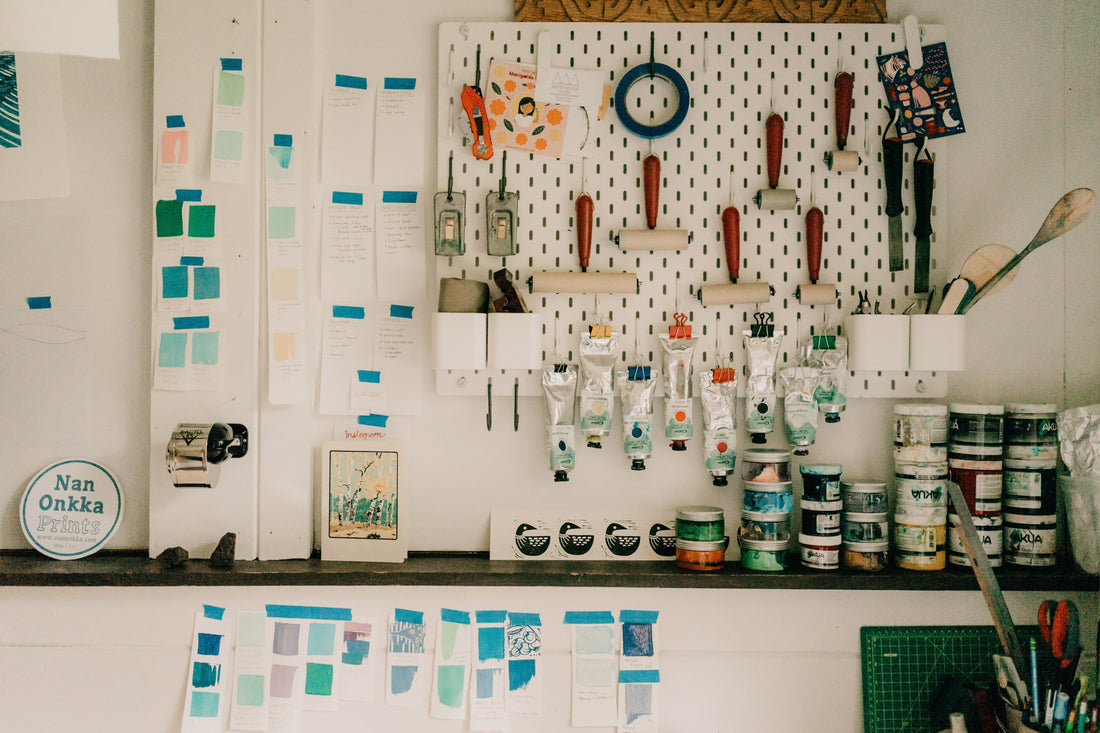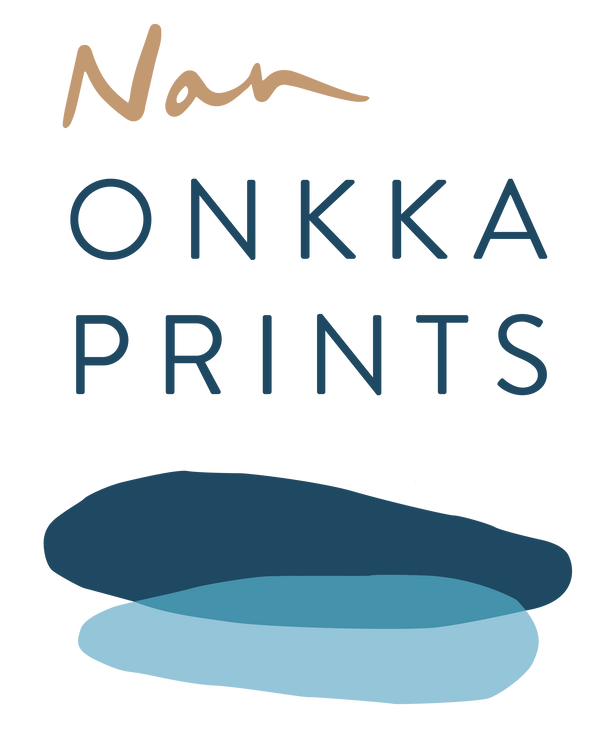
Basic Block Printing Supplies
Share
Block printing is a very accessible art activity for artists of all ages. Below you'll find my recommendations for basic block printing supplies.
Where to Buy:
Printmaking supplies are easy to find online and locally. I encourage you to shop at your local art store. I highly recommend Wet Paint in St. Paul (they ship everywhere, too!) or Joy & Co. in Grand Marais. If shopping locally is not possible, then Blick will have everything you need.
Affiliate links: I am a Blick affiliate partner. If you click the Blick links below, I might receive a small commission at no cost to you. This is an easy way for you to support my business! I will only link supplies that I personally use and enjoy, unless otherwise noted. To ensure that I receive a commission, please place your Blick order within 24 hours of clicking any of the links to Blick's website below. Thank you!
Basic Relief Supplies:
For printmaking at home, you will need a variety of specialized tools. However, these tools are relatively inexpensive and can be used for many years to come! This supply list is for relief printmaking with rubber or linoleum blocks (woodcut supplies will be in a separate list!).
Brayer: A brayer is the tool that rolls out the ink. I prefer the Speedball soft brayer. The 4" size is a good option for your first brayer, assuming you are printing something moderately small (such as a greeting card).
Blocks: Blocks are made out of a variety of materials. Rubber blocks are the easiest to carve. I prefer the thicker, gray or pink blocks such as Soft-Kut, MOO, or Speedy Cut. Linoleum blocks are more difficult to carve but reward you with finer details; this in an option for intermediate printmakers. Woodblocks are an entirely separate subject and require different tools than what are listed here.
Carving Tools: I recommend the Speedball Lino Set No. 1. It includes five blades that are interchangeable to give you a variety of options.
Ink: I recommend Speedball water-based ink for beginner printmakers. You will need at least one ink color to begin printmaking, though most students enjoy purchasing more colors. For higher quality inks, I recommend Akua Intalgio or Cranfield Caligo inks.
Paper: For Speedball Water-based inks, you can use many types of paper, including card stock that you might already have at home. For a regular print, you will want the paper to be slightly larger than your block (for example, a 4 x 6" block will need paper that is 5 x 7" or larger). For greeting cards, you will want paper that is at least double the width of the block (for example a 4 x 6" block will need paper that is 10 x 7" to create a 5 x 7" card).
Baren: A baren helps transfer the image to the paper. Typically, you do not need to purchase a baren. A large spoon (preferably wooden) works great.
Inking Plate: You will need a surface to roll out your ink. It needs to be at least the width of your baren. You can purchase an inking plate or find something at home to use. A piece of glass, plexiglass, or even a baking sheet work great.
Palette Knife: If you plan to mix colors, you will want a mixing tool. Printmakers typically use palette knives, but tongue depressors/popsicle sticks, paintbrushes, and spoons will also work.
Miscellaneous Art Supplies: You will want to have sketching paper, a pencil, a sharpie, an x-acto knife or scissors, and cardboard on hand.
